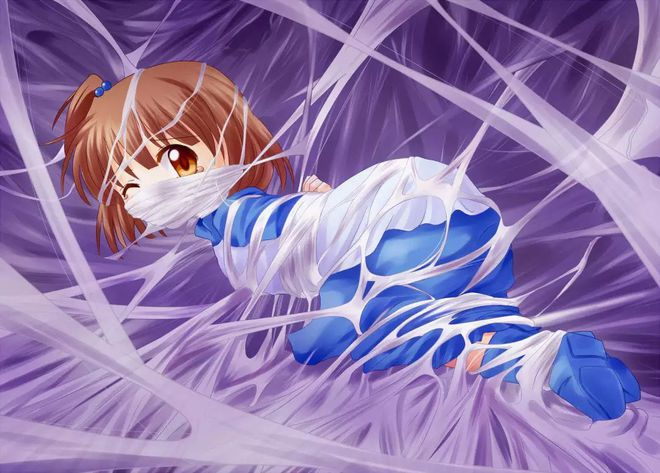日式綁縛
日式綁縛起源于軍隊(duì)中常用的東西“捕繩術(shù)”,是日本的一種繩藝。屬于綁縛性行為。雖然日式裝訂起源于軍隊(duì)常用的“捕繩術(shù)”但是通過進(jìn)化已經(jīng)變得非常專業(yè)和安全。
發(fā)展歷史 編輯本段
雖然日式綁縛起源于軍隊(duì)常用的“捕繩術(shù)”但是經(jīng)過進(jìn)化,已經(jīng)變得非常專業(yè)和安全,受術(shù)者在捆綁的過程中也不會受傷。日本的裝訂深受日本戰(zhàn)國時期的影響在那個動蕩的年代,酷刑五花八門,十分殘忍,捆綁也是一種重要的行刑手段。
日式搭訕對道具要求很高,尤其是繩子,和普通繩子有很大區(qū)別這種特殊的繩子不會傷害被綁者的身體。一般來說,每根繩子的長度在7米左右,原料一般是大麻或黃麻,經(jīng)過嚴(yán)格的制作達(dá)到了適當(dāng)?shù)娜彳浂取?/p>
經(jīng)過長時間的發(fā)展,日式裝訂逐漸演變成一種專門的藝術(shù),稱為“繩藝”現(xiàn)在日本有很多專門制作大量裝幀作品的公司,有很多演員參與其中。
主要區(qū)別 編輯本段
不同于簡單固定人的日式綁縛s住宅,在日式捆綁中,接受者往往需要承受繩索捆綁帶來的壓迫感,包括擠壓或刺激乳房和生殖器。在日式裝訂中,收信人的姿勢也很重要,有很多種風(fēng)格,比如站立式裝訂、坐縛、盤腿縛、開腿縛、后手背縛、上手縛、吊縛等等。

常見術(shù)語 編輯本段
片手首縛
片手首縛り(On the one hand, Im nervous)
Single wristband binding
兩手首縛
兩手首縛り(Hold hands tightly)
Two wristbands are bound
手銬縛
手錠縛り(てじょうしばり)
Handcuffs bound
連行手銬縛
Take away the handcuffs (Joint conditions are tense)
Prisoner is tied to prisoner
后手縛
Tie the back hand (うしろてしばり)
Hands behind, hands behind
后高手小手縛
tie sbs hands on the back(Ishikari Takashi)
High hand back binding
后頭后手縛
Hand binding behind occipital bone (Look in all directions, at a loss)
Hands behind, head behind
和服帶縛
Strap (たすきしばり)
Tasuki (Kimono string)
股繩縛
Tie the rope again (またなわしばり)
Croci
龜甲縛
亀甲縛り(菱縄縛り)きっこうしばり(ひしなわしばり)
Pullover (Diamond pattern) binding
直立不動一本縛
Erect binding (Bound together straight and motionless)
Vertical binding
胡座縛
Hu Zuo Tie (あぐらしばり)
Cross-legged binding捆綁捆綁
海老縛
Xiatie (えびしばり)
Shrimp tie鐵鐵
逆海老縛
Pour shrimp and tie (crisp sentence)
Reverse shrimp binding綁定綁定
立吊縛
Vertical hanging tie (たちつりしばり)
Standing part suspension
片足上吊縛
Onelegged lifting sling (On the one hand, on the other hand, on the other hand, on the other hand, on the other hand, on the other hand, on the other hand, on the other hand)
A foot liter part suspension
M字開腳吊縛
Mshaped openleg hanging tie (M moment guests hug tightly)
懸掛 letter M, open leg binding
逆海老吊縛
Hang and tie shrimp (on the other hand)
反 吊 蝦 裝訂
附件列表
詞條內(nèi)容僅供參考,如果您需要解決具體問題
(尤其在法律、醫(yī)學(xué)等領(lǐng)域),建議您咨詢相關(guān)領(lǐng)域?qū)I(yè)人士。
如果您認(rèn)為本詞條還有待完善,請 編輯
上一篇 能量膠 下一篇 伊利奶粉金領(lǐng)冠
